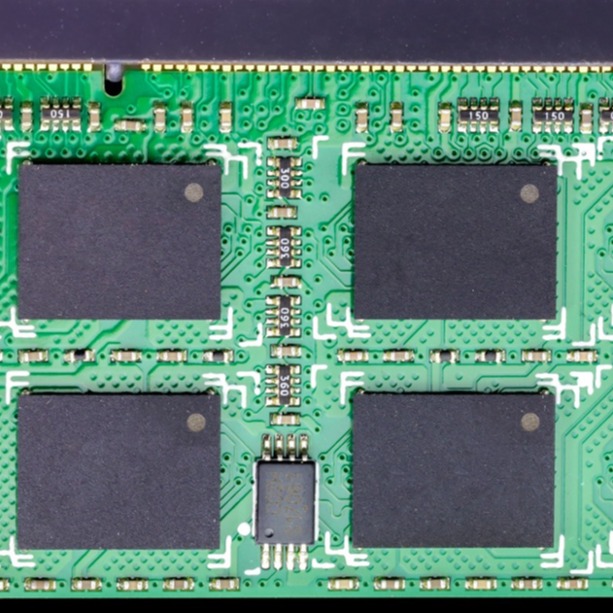ZigBee and XBee are often confused and sometimes used interchangeably because they sound the same. But in reality, they’re very different. Below, we walk through an explanations of each and a few situations when you may choose one over the other—or both.

ZigBee
ZigBee is a wireless 2.4 GHz standard built on IEEE 802.15.4. There are many different application profile stacks you can run on top of it—and because it is governed by a standards body, it can interoperate across multiple manufacturers.
ZigBee is a mesh network, so each node in a ZigBee system can act as a wireless data endpoint or a repeater. Data travels from node to node until it reaches the router. It is designed for relatively low data-rate applications, and it is regularly used for home automation and smart lighting.
See also: ZigBee Range: A Tracking Device Use Case
XBee
An XBee embedded module is really three things in one: a form factor, a host interface, and a group of different protocols. It is designed for a variety of uses, ranging from ZigBee to high-throughput, low latency applications. One nice thing about Xbee is it can do anything that ZigBee can do (if you use the ZigBee version), but it also includes other protocol stacks in the same form factor and host interface. For example, the sub-GHz XBee radio allows you to have much longer range than a 2.4-GHz ZigBee radio would.
The form factor deals with a common shape and pin configuration in the hardware. It has a 20-pin or 37-pin socket (depending on the hardware footprint you select), which takes up a very small amount of space on the circuit board. This configuration makes it easier for you to bring a new device into the market, because if the form factor is the same, the host interface is the same. In other words, if a ZigBee mesh is appropriate for one application but you need an extended range, non-mesh protocol for another, you can use the same software to interface between the device and modem.
The host interface API is another important part of Xbee. It’s interchangeable and can handle different types of communication, including ZigBee, 802.15.4, and WiFi. Digi also produces a proprietary mesh protocol called DigiMesh. Unlike ZigBee, DigiMesh has only one node type. All nodes can route data and are interchangeable.
ZigBee Vs. XBee: Which Should You Select?
Reasons you might select ZigBee over XBee:
- An off-the-shelf ZigBee modem instead tends to be a little bit cheaper than XBee.
- You’re not stuck with the XBee form factor. There are many different shapes and sizes of ZigBee, so you could select an 802.15.4-compliant radio without having to use a module, or even do a chip-down design.
Reasons you might select XBee over ZigBee:
- It has a defined host interface, which makes programming the device easier.
- The defined form factor has easily available, off-the-shelf components, which makes hardware and software design significantly easier. For example, take a look at SparkFun’s XBee compatible devices: There are a number of different breakout boards, shields, and dongles you can use for your application.
- You don’t have to know ahead of time which protocol you want to use for your applications. In some cases you might want to use a sub-GhZ solution, in other cases you may want to use ZigBee, and in others you may need WiFi. Thus, it’s nice to have a compatible hardware footprint as you’re going from device to device.
A Reminder:
Remember: If you hear from someone that ZigBee and XBee are synonymous (unless they’re actually using the XBee ZigBee module) they’re simply incorrect. Questions about the two? Shoot us a message—we’re happy to help. 




